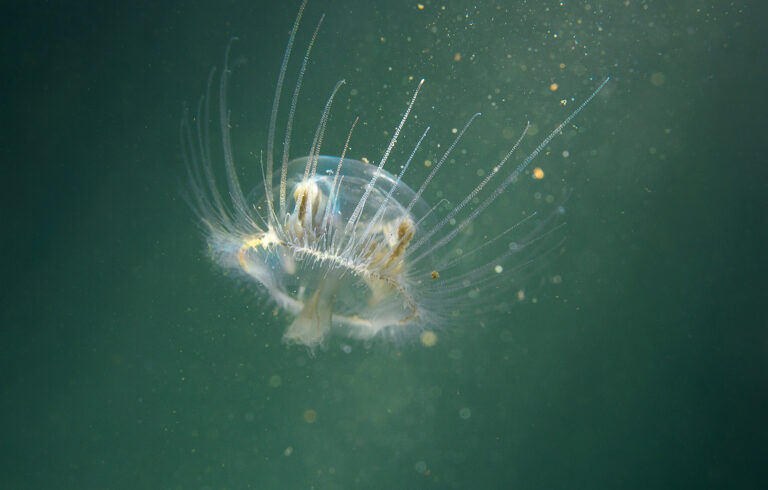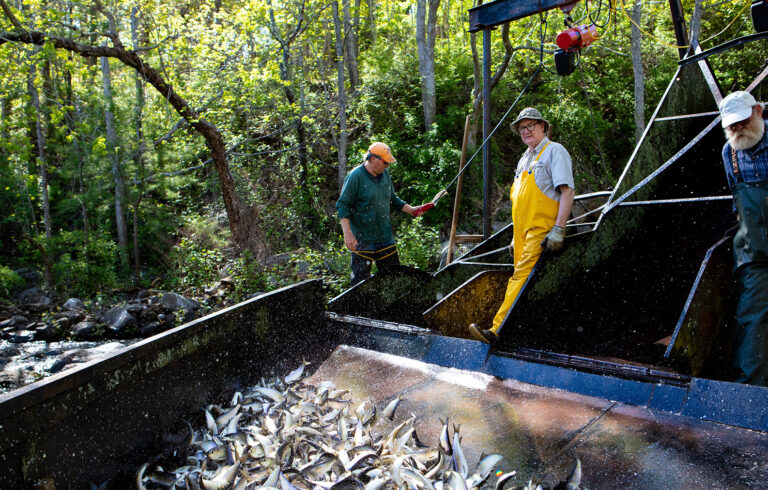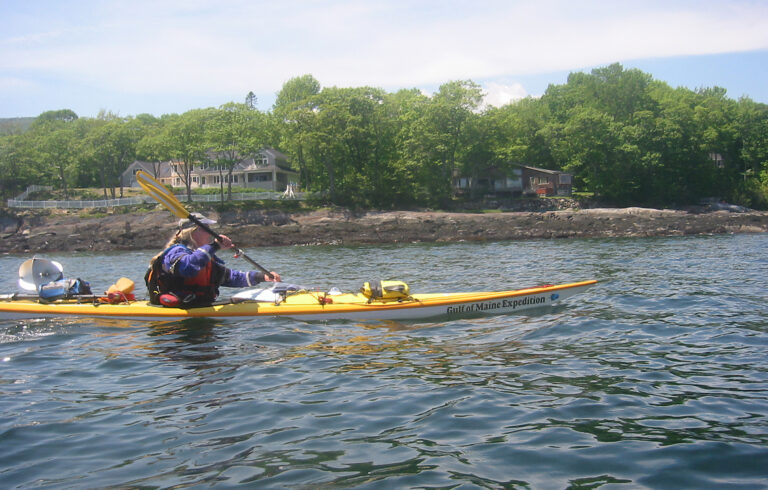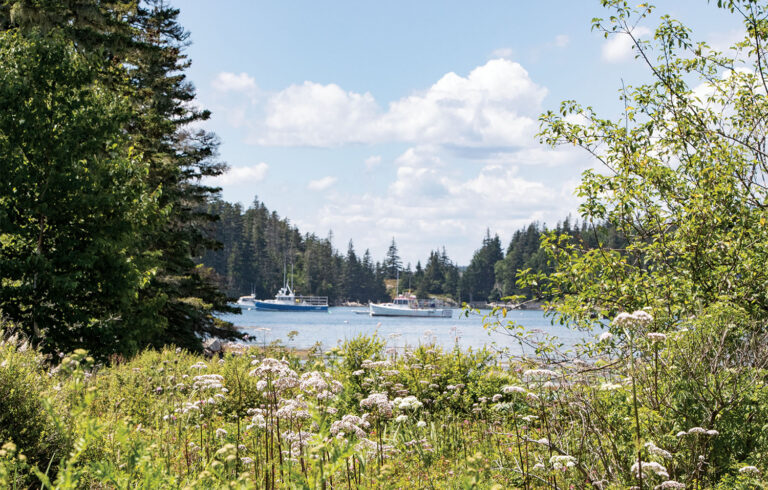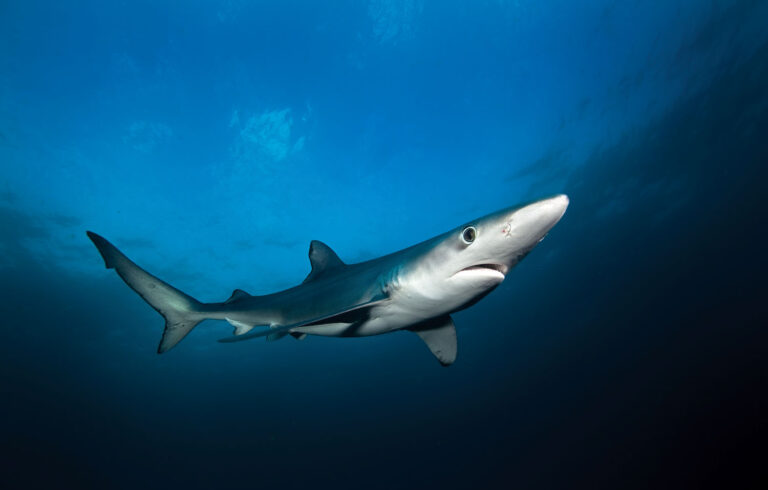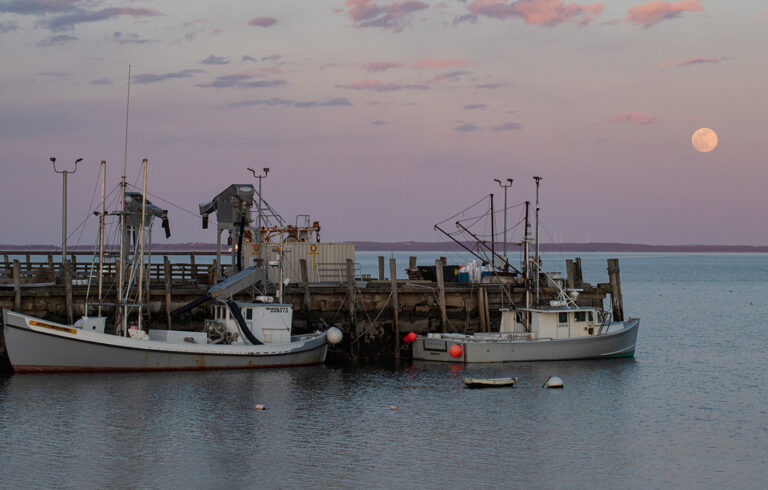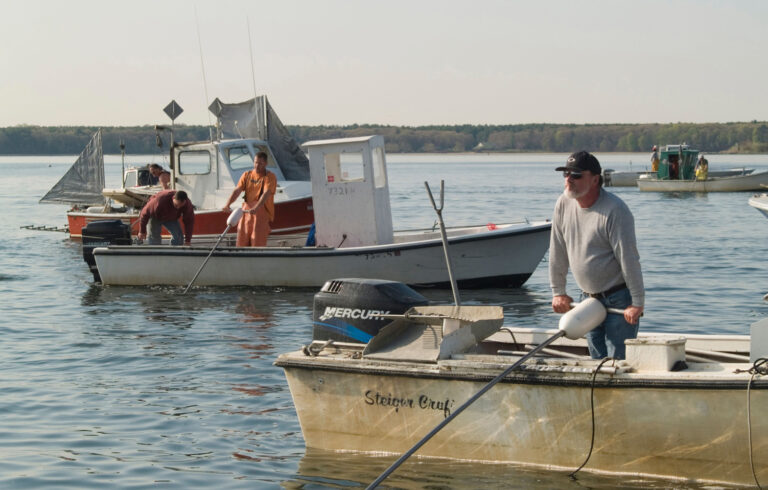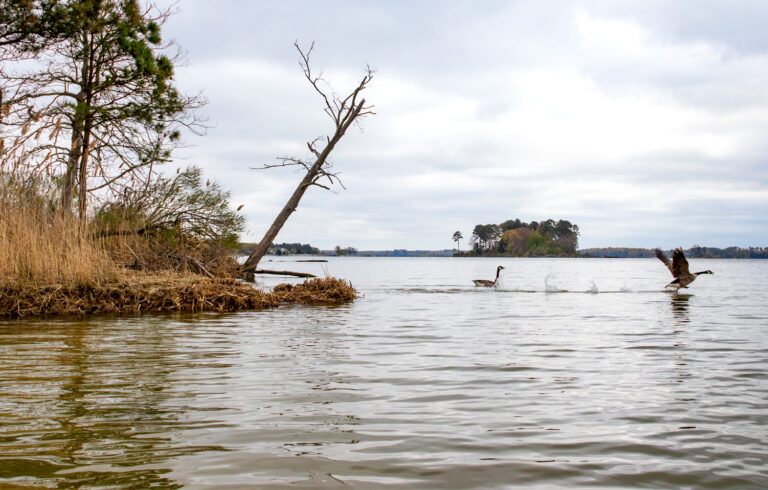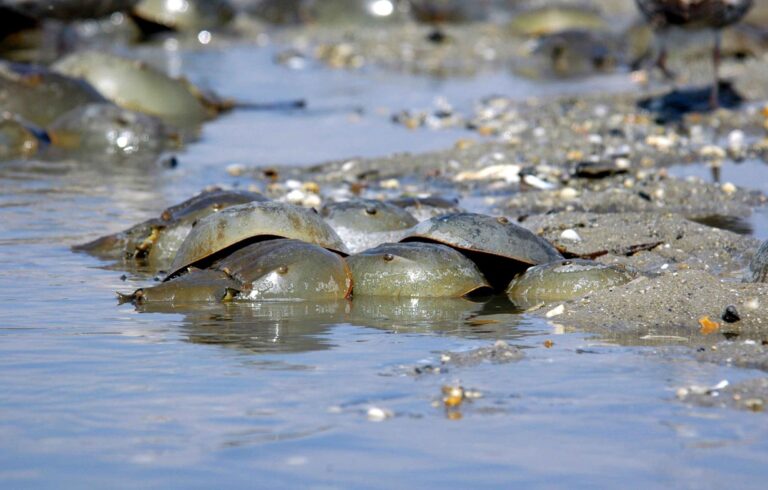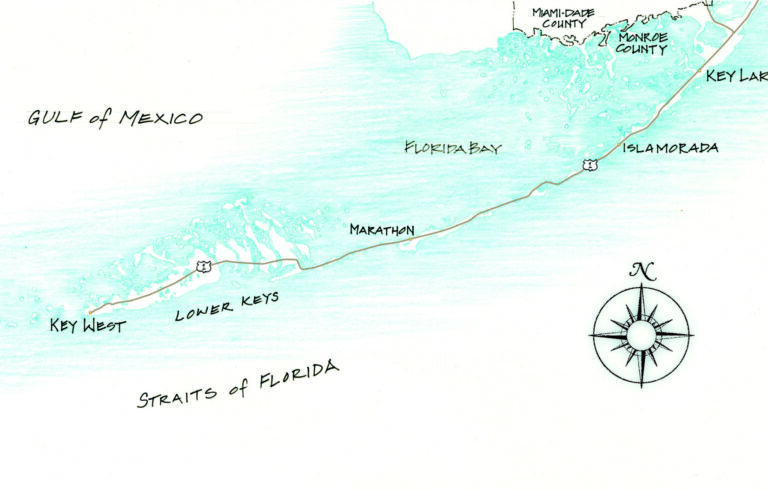Island Journal
The Strange World of Jellyfish
Around dusk one summer evening more than 60 years ago, I was looking over the stern of an anchored lobster boat into flat calm water off Old Orchard Beach. I could just make out the sandy bottom, where I was hoping to spot crabs. There was barely a swell, I remember. I was waiting on the boat for my father to return in his seaplane, which he used to spot herring for the sardine seiners. He often left me on boats for hours at a time while he flew off peering into Casco Bay island coves, and I was left to the boyhood devices of my imagination to pass the time. I don’t know what we were doing as far south as York County that evening. But just below the surface, translucent white moons about a foot in diameter began to appear. First one, then two, then I saw there was a whole smack of them floating at different depths. SEE MORE

